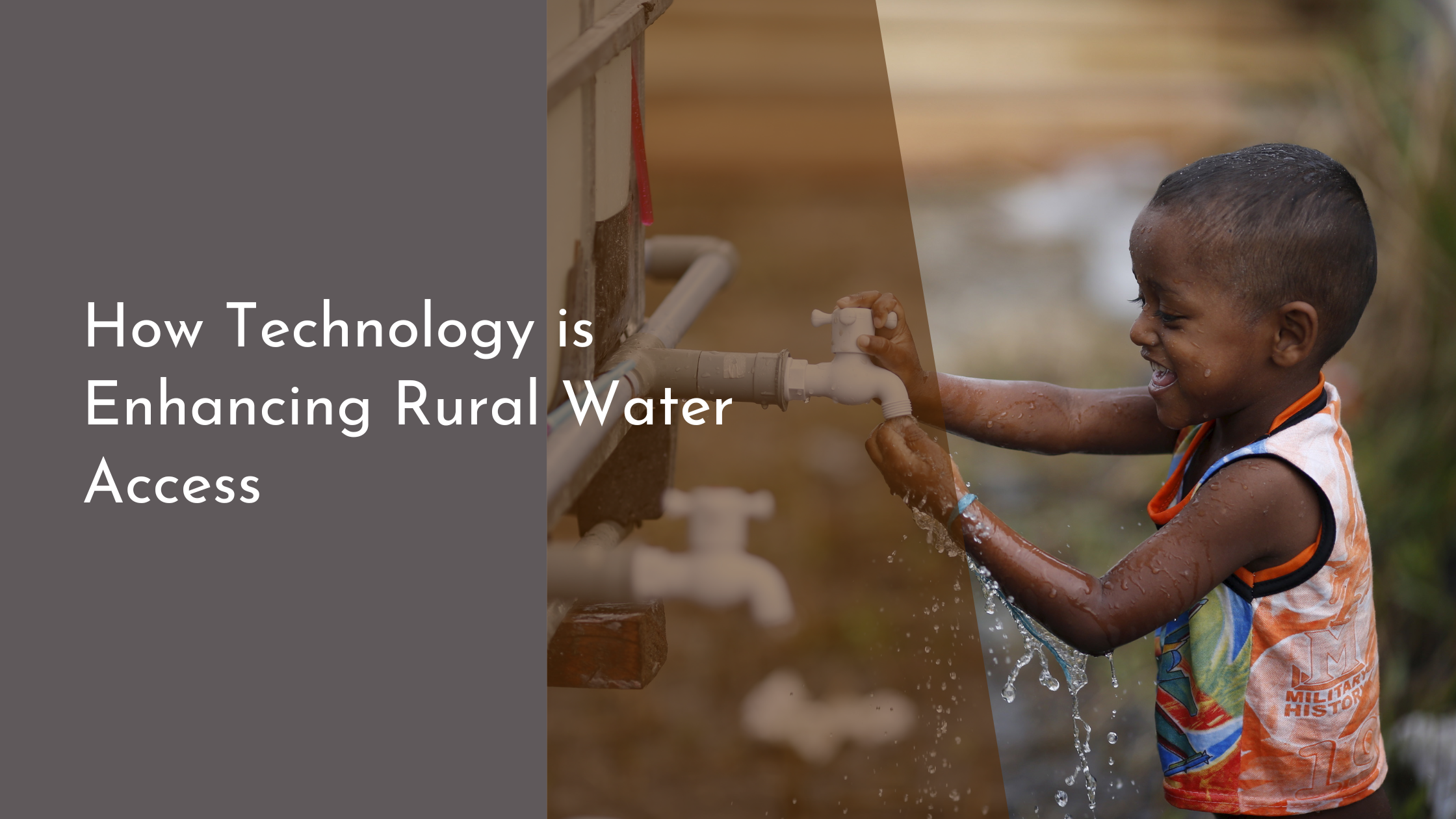How Technology is Enhancing Rural Water Access
Technology has become a beacon of hope for improving rural water access, addressing challenges with innovative solutions. As water remains a vital resource for daily life and economic activities, embracing new technologies is crucial in securing sustainable and equitable access for rural communities across the globe. From smart sensors and solar-powered systems to mobile apps and community empowerment, technological advancements are reshaping the way rural populations engage with water resources.
Smart Sensors Revolutionizing Water Monitoring
Smart sensors are transforming water monitoring by providing real-time data on water levels, quality, and flow rates. These sensors are strategically placed in various points of a water distribution system, offering continuous insights that assist in detecting leaks, contamination, or irregular supply. By capturing and relaying data, water management entities can make informed decisions about resource allocation and maintenance, ensuring that rural communities receive a stable supply of clean water.
In addition to improving the efficiency of water systems, smart sensors empower local communities by making data more accessible. This transparency fosters trust and encourages community involvement in water management. Local residents can now monitor their own water sources, report issues, and advocate for timely interventions, significantly enhancing the reliability of their water supply.
Solar-Powered Systems for Sustainable Access
Harnessing the power of the sun, solar-powered water systems are providing a sustainable solution to rural water challenges. These systems use photovoltaic panels to generate electricity, which powers water pumps that extract and distribute water to households and community centers. This method is particularly advantageous in off-grid areas where traditional power sources are scarce or unreliable.
Solar-powered systems offer a double benefit: they not only reduce dependency on fossil fuels but also lower operational costs, making them an economically viable option for rural communities. With reduced energy expenses, communities can allocate financial resources to other critical areas such as education and healthcare, further promoting overall rural development.
Mobile Apps Bridging Communication Gaps
Mobile applications are bridging the communication gap between rural communities and water service providers, facilitating better management and maintenance of water systems. These apps serve various functions, from reporting faults and requesting repairs to providing updates on water supply schedules and educational content about water conservation.
By leveraging mobile technology, rural residents can now participate actively in water governance. They can quickly communicate their needs and concerns, leading to more responsive and efficient service delivery. This strengthened connection between communities and service providers ensures that water issues are addressed promptly, contributing to a more resilient and adaptable water supply system.
Community Training Empowering Local Solutions
Empowering local communities through training programs is a vital component of the technology-driven approach to improving rural water access. By educating residents on the use of new technologies and basic water system maintenance, these programs build local capacity to manage and sustain water resources effectively. Trained community members can oversee the functioning of smart sensors, solar systems, and mobile apps, ensuring that these technologies are used to their fullest potential.
Beyond technical skills, training programs foster a sense of ownership and responsibility among community members. This empowerment leads to innovative local solutions, as residents utilize their knowledge to address unique water challenges in their area. By investing in community skills and leadership, technology not only enhances water access but also promotes long-term sustainability and resilience.
As technology continues to advance, it opens exciting possibilities for enhancing water access in rural areas. From smart monitoring systems and sustainable energy solutions to the democratization of information through mobile apps and community empowerment, these innovations are revolutionizing water management. With continued investment and support, technological progress promises a brighter future for rural communities, where water is no longer a barrier but a stepping stone to prosperity and well-being.



